Prof, my daughter bends sideways while standing
“Could be Scoliosis, visit nearest public hospital for thorough examination”
I noticed that my eighteen-year-old daughter bends sideways while standing. She also complains of pain around the mid back and waist while walking with one shoulder higher than the other. She never liked participating in school sports because of the pain. She complains of severe pain in her back when she carries her school bag. We have consulted and sought the opinions of different doctors and now we are referred to a physiotherapist. Will this help?
Jimoh, Lokoja
Dear Jimoh,
Your daughter is most likely bent to one side because there is sideways curvature of her backbone. This is common in growing children, and it is called Scoliosis. Scoliosis is an abnormal sideways (usually lateral three-dimensional) curvature of the spine. The spine usually curves backward (around the neck and low back or forwards (around the mid-back). It is, most often, diagnosed in childhood or early adolescence.
Scoliosis affects 2-3 percent of the population. This can develop in infancy or early childhood. The common age of onset for scoliosis is 10-15 years old, occurring equally among boys and girls. However, females are eight times more likely to progress to a curve magnitude that requires treatment.
The spine’s normal curves occur at the cervical, thoracic, and lumbar regions. It is like a reversed ‘C’ at both the low back and the neck regions but like a ‘C’ at the mid back. When the C-like curve at the thoracic area becomes exaggerated, it is called a hunch back but when the C at the low back is flat, it is called a flat back. These C-like curves can sometimes shift sideways at the mid and low back due to many reasons. Scoliosis results from an unknown cause or during birth due to some malformation of the bones and other tissues when the baby was being formed in the womb. or due to conditions affecting the nerves and muscles of the backbone.
Scoliosis in adolescents is the most common type of scoliosis and is usually diagnosed during puberty. Jimoh, it is most likely that your 18-years old daughter has scoliosis in her adolescence. It may be so difficult as you probably may not be able to regularly observe her now because of the onset of puberty and as she begins to grow into adulthood. The only time that you might notice that there is something wrong is when she begins to complain of excruciating pain in her mid-back.
The other signs of scoliosis are
- Abnormalities of the backbone
- Sideway curvature of the backbone
- Sideways body posture
- One of her shoulders is raised higher than the other
- Clothes not hanging properly on her
- Pain and aches in the muscle
- Local ligament pain
- Occasional difficulty with breathing
Please visit the nearest public hospital so that your daughter can be thoroughly examined. In very severe cases, surgery may be considered. Physiotherapy is provided as conservative management in most cases. The treatment of scoliosis usually includes the provision of a brace to support the backbone, back exercises, and electrical stimulation. If the cause of the scoliosis is linked to limb or leg length discrepancies, then the leg shortening will also be corrected by raising the shorter shoe heel.

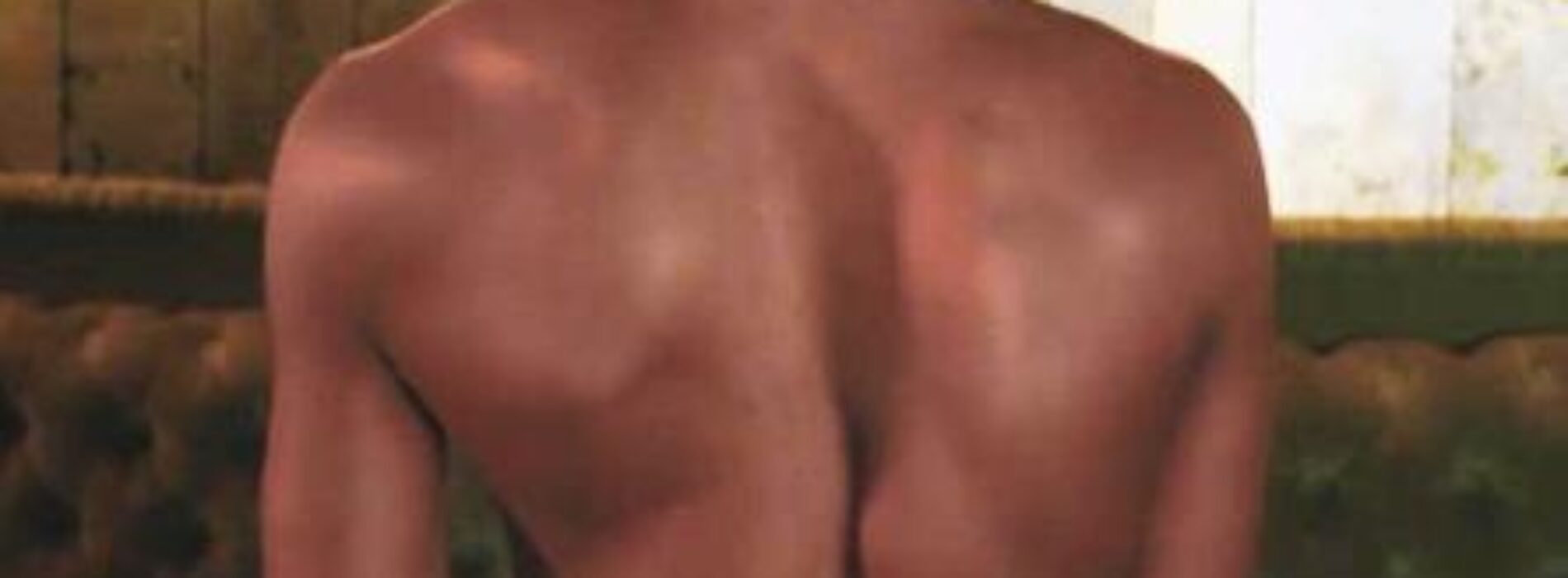
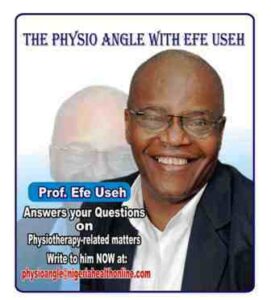
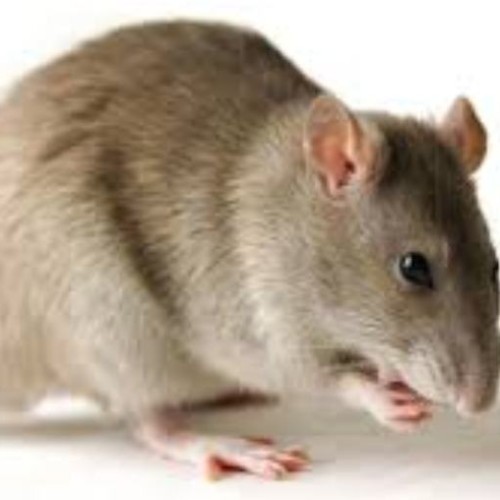
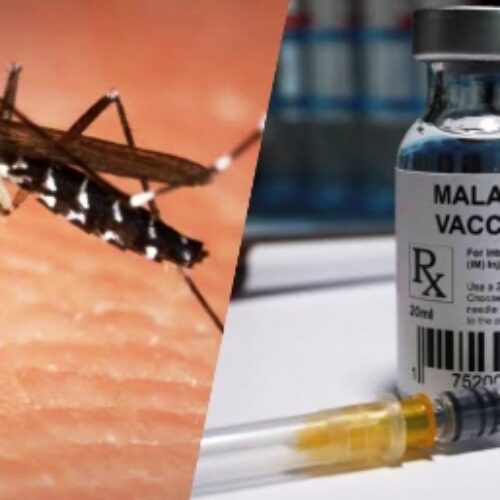
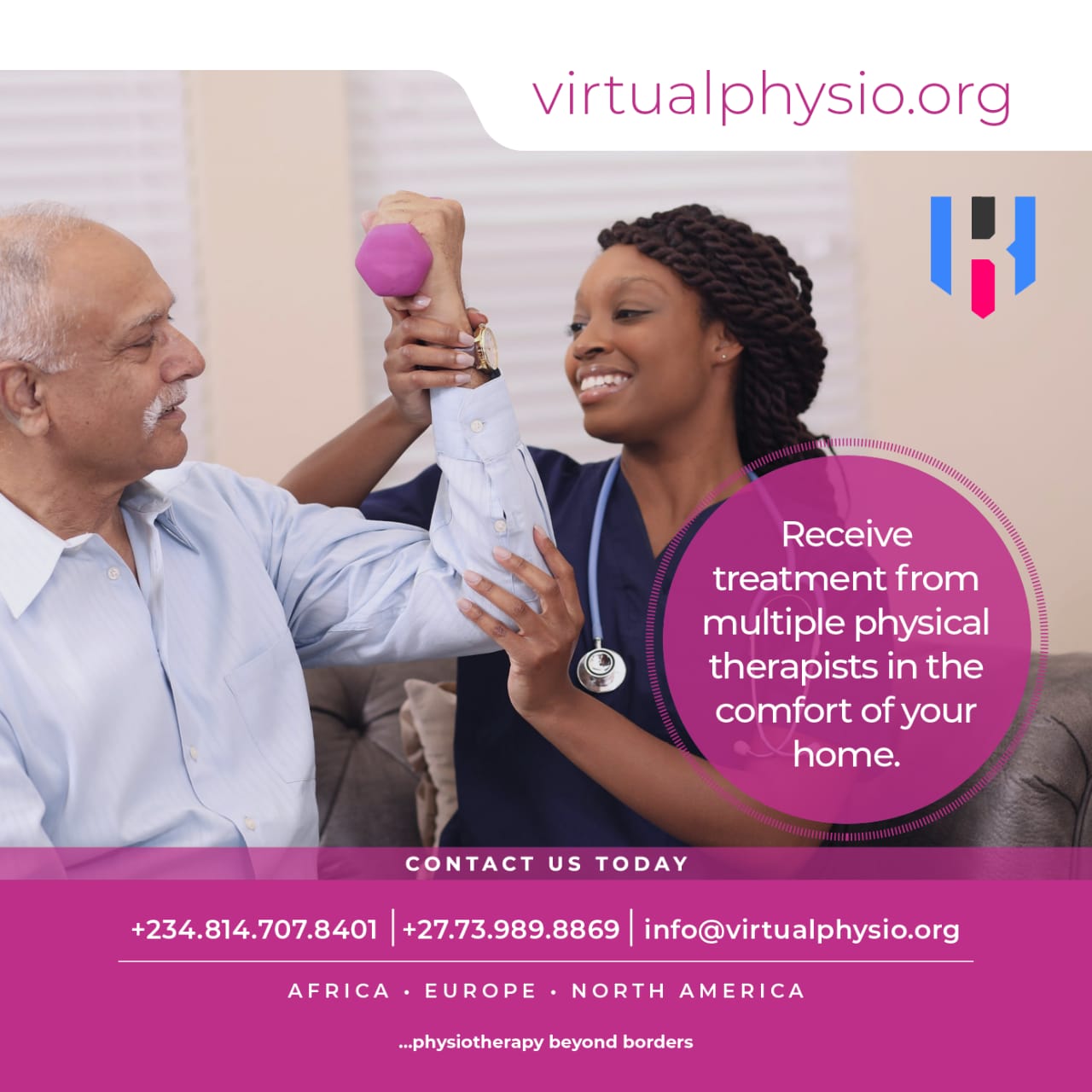
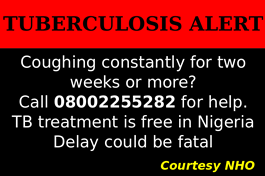
0 Comments
No Comments Yet!
You can be first to comment this post!